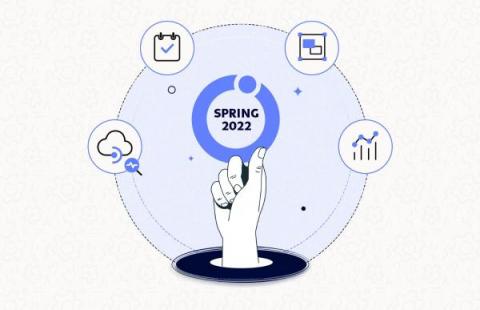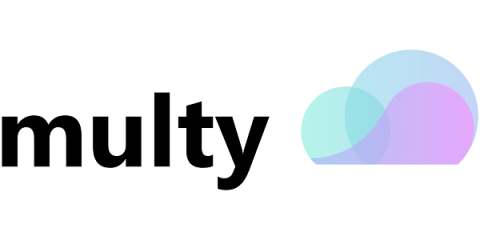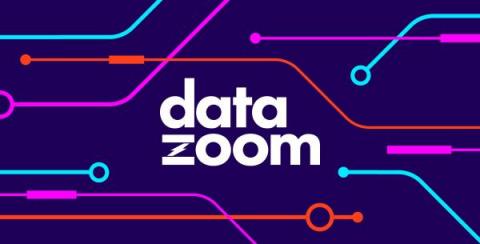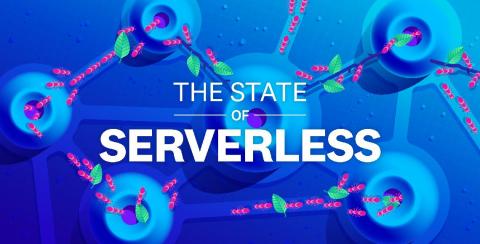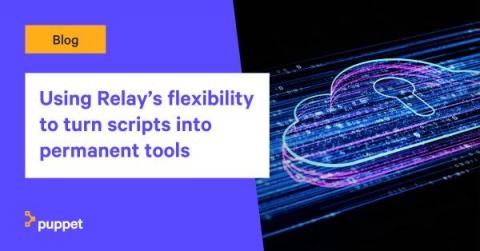Operations | Monitoring | ITSM | DevOps | Cloud
Latest News
Terraform vs Pulumi vs CloudFormation: Best Choice for 2022
When getting started, using an Infrastructure as Code (Iac) tool might seem overkill, and something that will slow down development. Building and deploying manually is often the way to go early stage - infrastructure changes constantly and having to re-write your configuration can be a pointless exercise until you have a better understanding of the fundamental pieces of your infrastructure.
Monitor Datazoom telemetry with Datadog
Modern video streaming workflows are composed of many different services, including encoders, origins, ad servers, content delivery networks (CDNs), and more. This wide range of options enables organizations to choose the tools that best fit their needs, but it also introduces considerable observability challenges. For instance, you may have limited access to the log data from each layer of your video workflow, and the data you can access likely isn’t standardized.
How To Optimize Your Reserved Instances For Maximum Cost Savings
The State of Serverless
Updated June 2022. This research builds on the previous edition of this article, which was published in May 2021. Click here to download the graphs for each fact.
Squadcast + OSNexus QuantaStor Integration: Making Incident Management & Alerting more effective
What the Heck is Network Observability Anyway?
When it comes to monitoring and specifically IT Operations Monitoring (ITOM), everyone is saying monitoring is dead – you need observability. Vendors are jumping on the observability bandwagon. There’s a lot of noise about observability, network observability, full-stack observability and every other kind of observability you can imagine. This is a topic we have touched on in the past.
Announcing HAProxy Kubernetes Ingress Controller 1.8
We’re proud to announce the release of version 1.8 of the HAProxy Kubernetes Ingress Controller! In this release, we added support for full rootless mode, Prometheus metrics for the controller itself, and examples that are synchronized with our Helm chart. In this blog post, you will learn more about the changes in this version. Register for our webinar to learn more about this release.
Using Relay's flexibility to turn scripts into permanent tools
Relay’s inputFile capability is handy because it allows you to use familiar programming languages to get custom solutions working quickly. Using an inputFile with Relay is as easy as writing a script in bash, Python, or Powershell, and storing it in a remote Internet-accessible repository like GitHub. Let’s see how Relay enhances our daily driver skillset to solve problems quickly and reliably with minimal code.
How to Manage Data Center Cabling
Tracking and managing data center cabling is one of the most overlooked aspects of data center management. However, when it’s not done properly, it can cause all kinds of problems from costly downtime to inefficient use of capacity. Don’t settle for cable spaghetti. Keep reading to find out the basics about data center cabling, understand how to track and organize it, and learn how the best data center managers in the industry are dramatically simplifying cable management.


